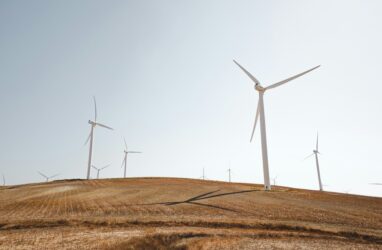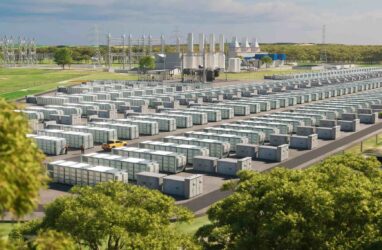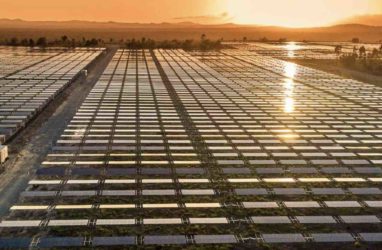Feed aggregator
Bowen pushes ahead with 1.2 GW project in offshore wind zone Dutton has promised to scrap
The post Bowen pushes ahead with 1.2 GW project in offshore wind zone Dutton has promised to scrap appeared first on RenewEconomy.
Yes, paper straws suck. Rather than bring back plastic ones, let’s avoid single-use items
Gas networks resort to fanciful modelling in new scare campaign against electric homes
The post Gas networks resort to fanciful modelling in new scare campaign against electric homes appeared first on RenewEconomy.
Consumer attitudes and earlier coal closures: AEMO mulls scenario tweaks ahead of new grid blueprint
The post Consumer attitudes and earlier coal closures: AEMO mulls scenario tweaks ahead of new grid blueprint appeared first on RenewEconomy.
WCI Markets: ETS extension optimism fuels CCAs higher, WCA programme tweaks spur a rally
“We’re at an inflection point:” Nelson Review may move quickly on some energy market reforms
The post “We’re at an inflection point:” Nelson Review may move quickly on some energy market reforms appeared first on RenewEconomy.
South Australia wind project gets planning approval after swapping to fewer but taller turbines
The post South Australia wind project gets planning approval after swapping to fewer but taller turbines appeared first on RenewEconomy.
Energy Insiders Podcast: Market changes could come quickly
The post Energy Insiders Podcast: Market changes could come quickly appeared first on RenewEconomy.
California policy should integrate CCUS, CDR into ETS -buyers
Cop16 countries strike crucial deal on nature despite global tensions
Delegates hammer out compromise on delivering billions of dollars to protect species and their habitats
Delegates from across the world have cheered a last-gasp deal to map out funding to protect nature, breaking a deadlock at UN talks seen as a test for international cooperation in the face of geopolitical tensions.
Rich and developing countries on Thursday hammered out a delicate compromise on raising and delivering the billions of dollars needed to protect species, overcoming stark divisions that had scuttled their previous Cop16 meeting in Cali, Colombia last year.
Continue reading...Nations salvage funding deal to reverse wildlife decline
Nations salvage funding deal to reverse wildlife decline
EnergyAustralia breaks ground on its first four-hour big battery in Victorian coal country
The post EnergyAustralia breaks ground on its first four-hour big battery in Victorian coal country appeared first on RenewEconomy.
Canada’s CDR procurement plan needs to be more ambitious, flexible to succeed, stakeholders warn
US tech billionaire family foundation grants $5 mln to NbS projects in Pacific Northwest
AGL ready to press go on first wind and battery project after getting approval for bigger turbines
The post AGL ready to press go on first wind and battery project after getting approval for bigger turbines appeared first on RenewEconomy.
Australia’s main grid ends summer with a new big solar output record
The post Australia’s main grid ends summer with a new big solar output record appeared first on RenewEconomy.












